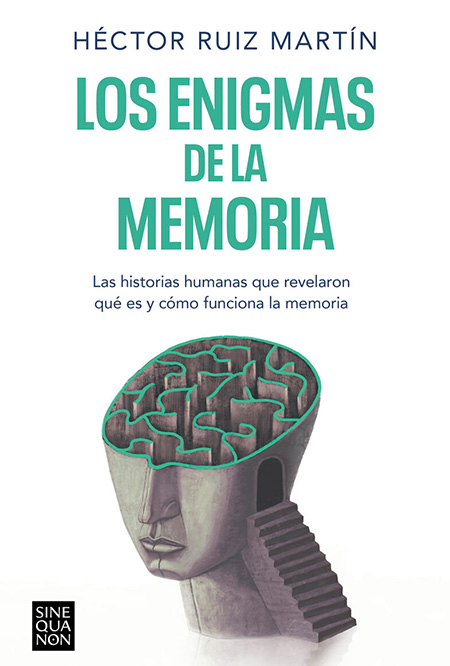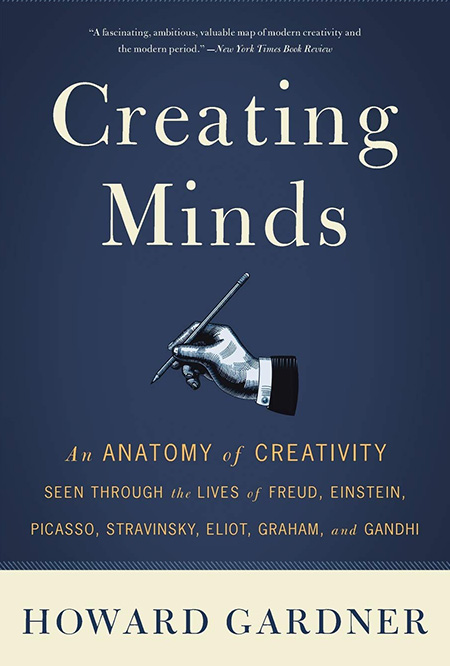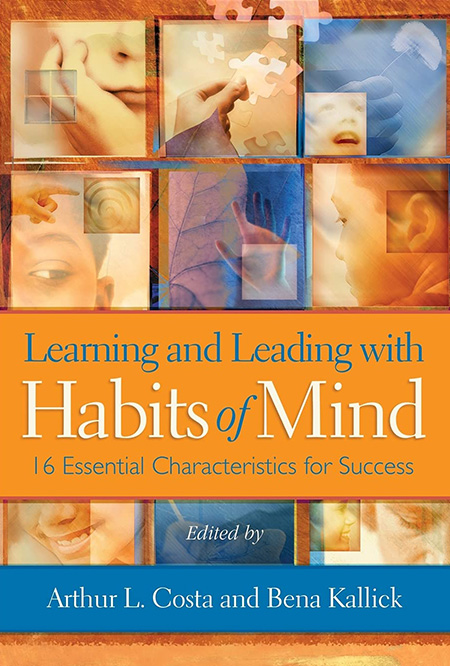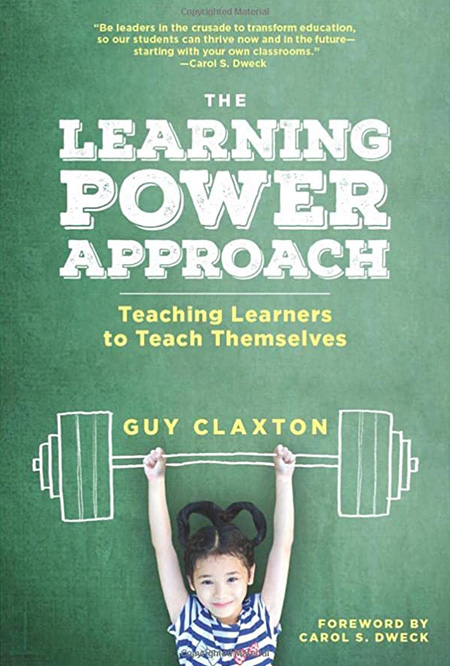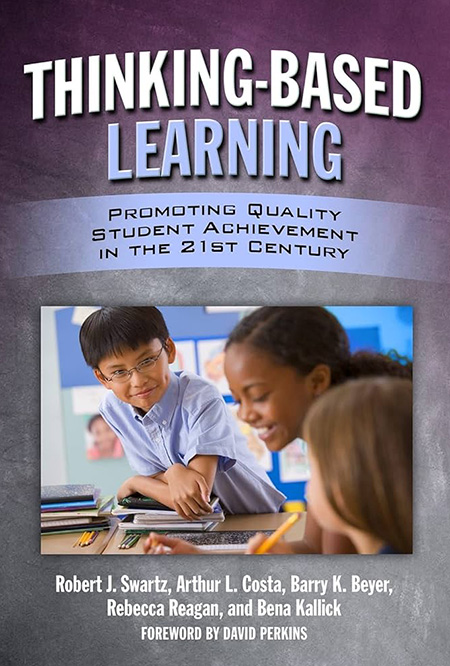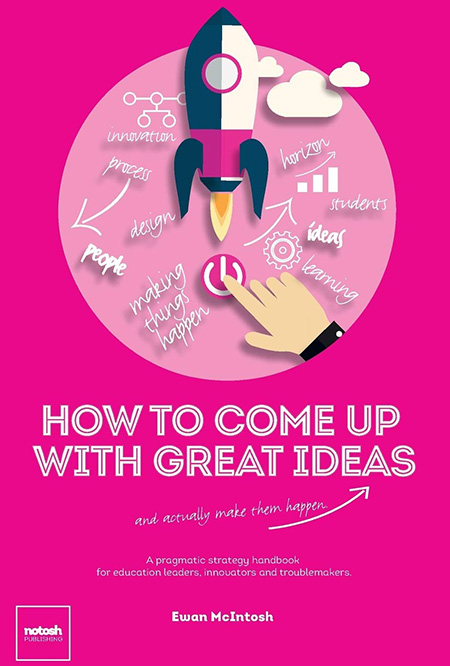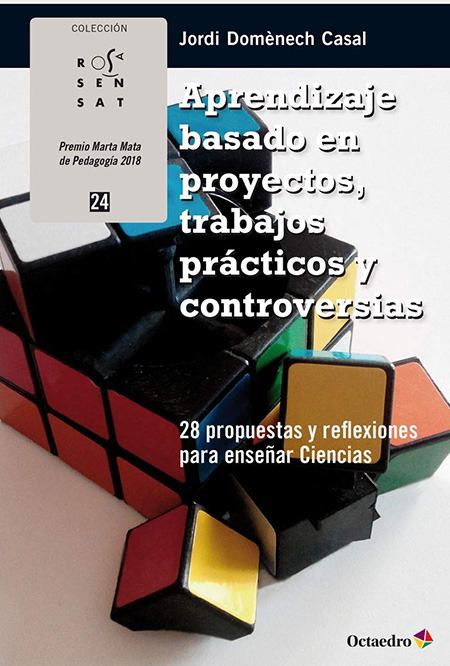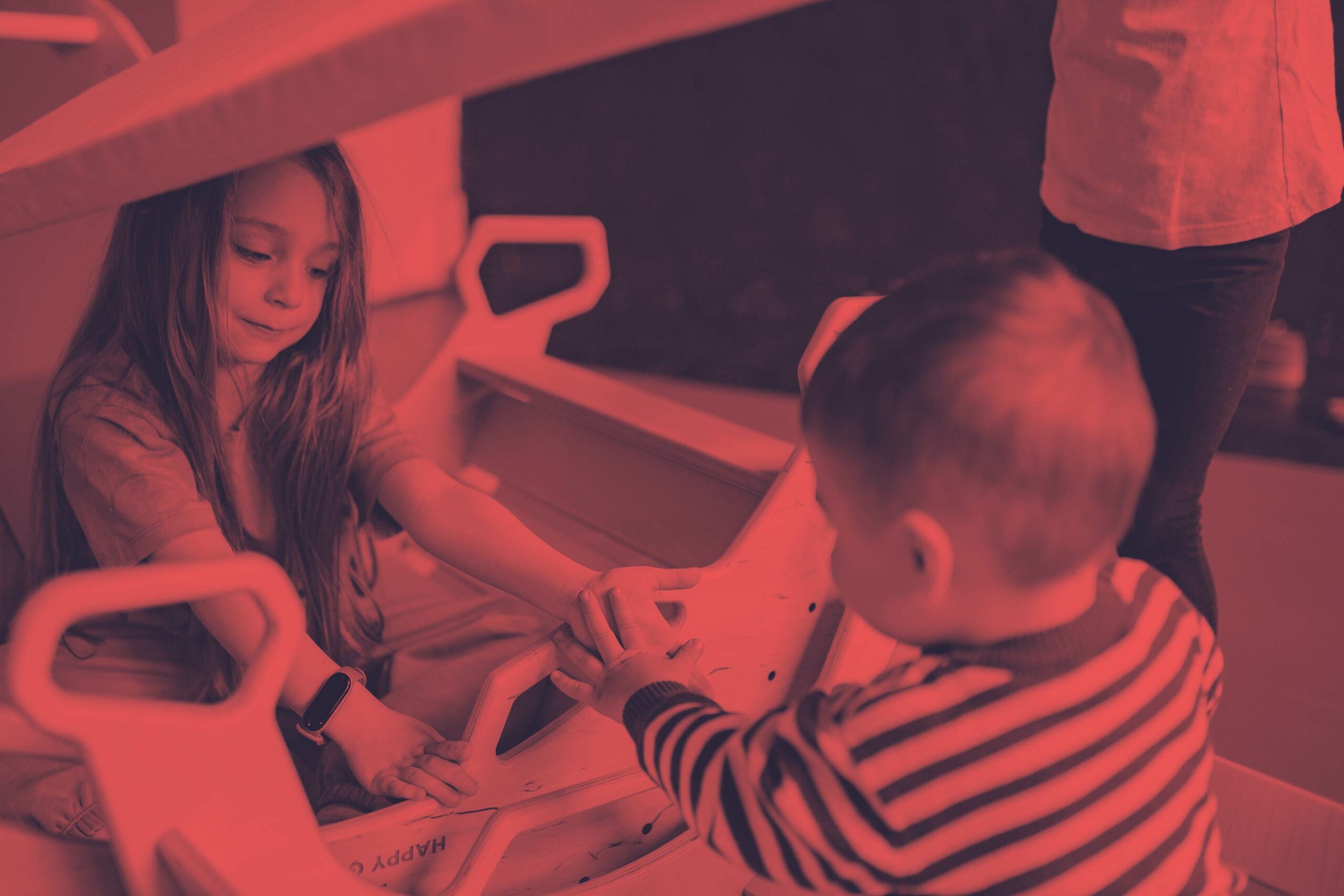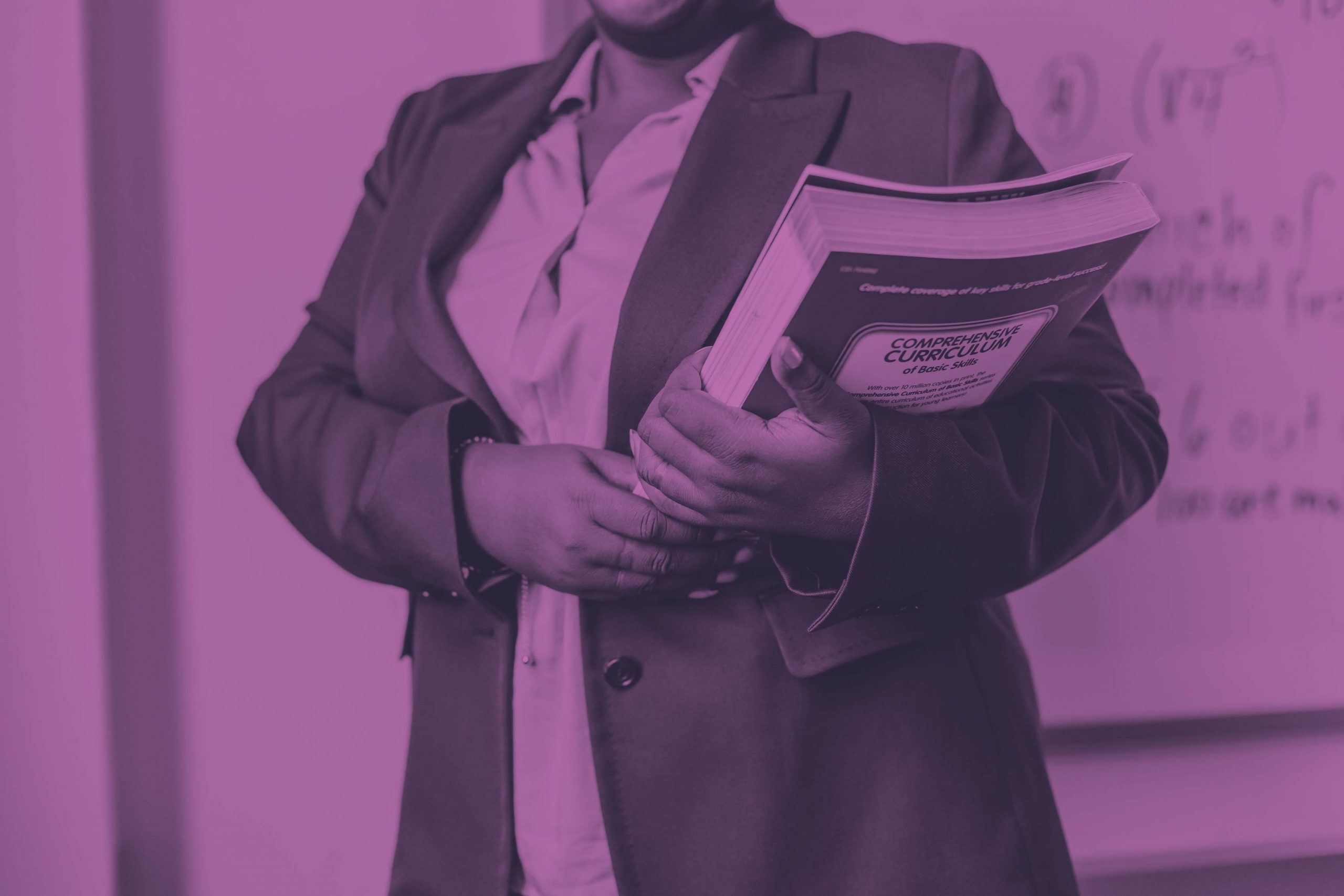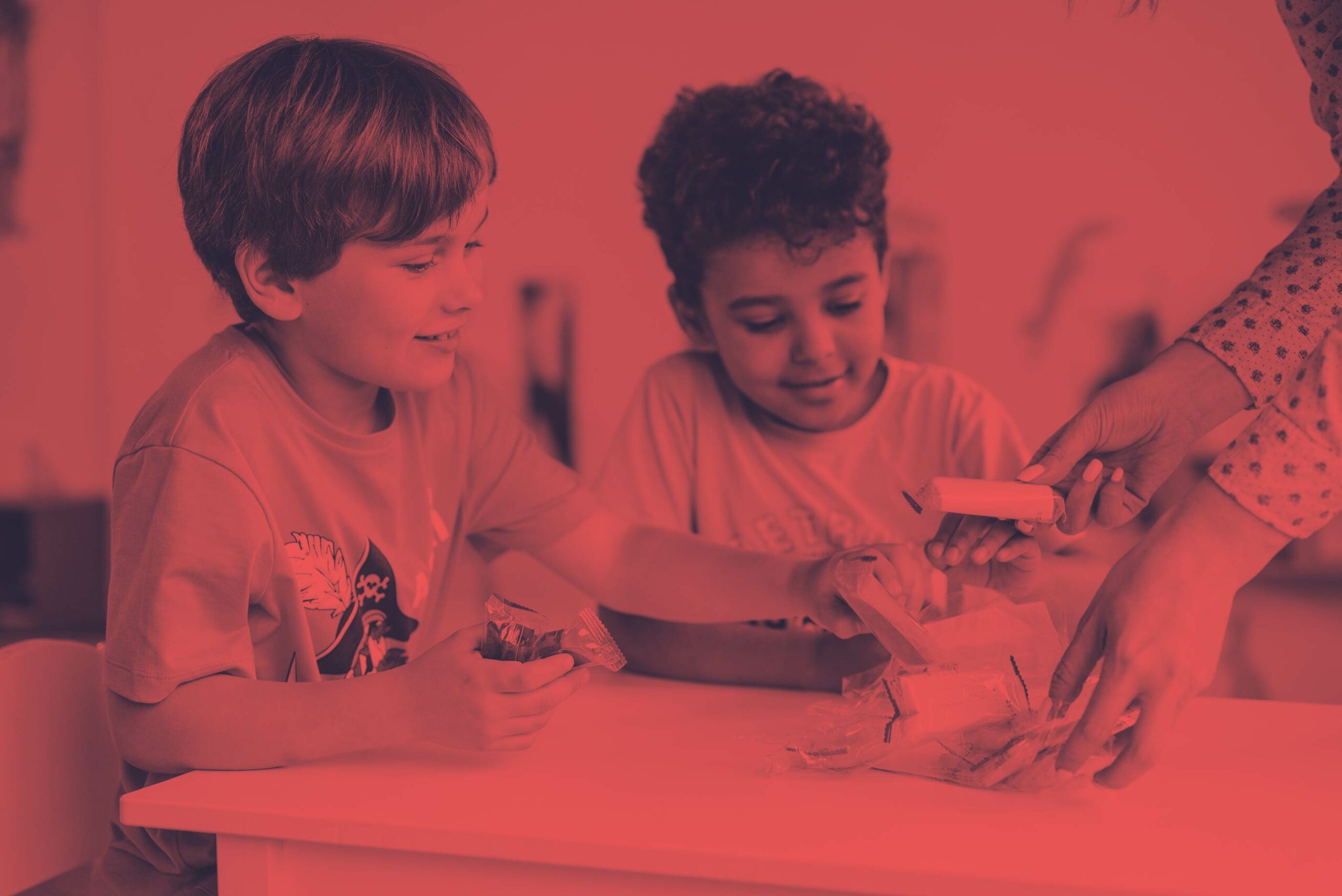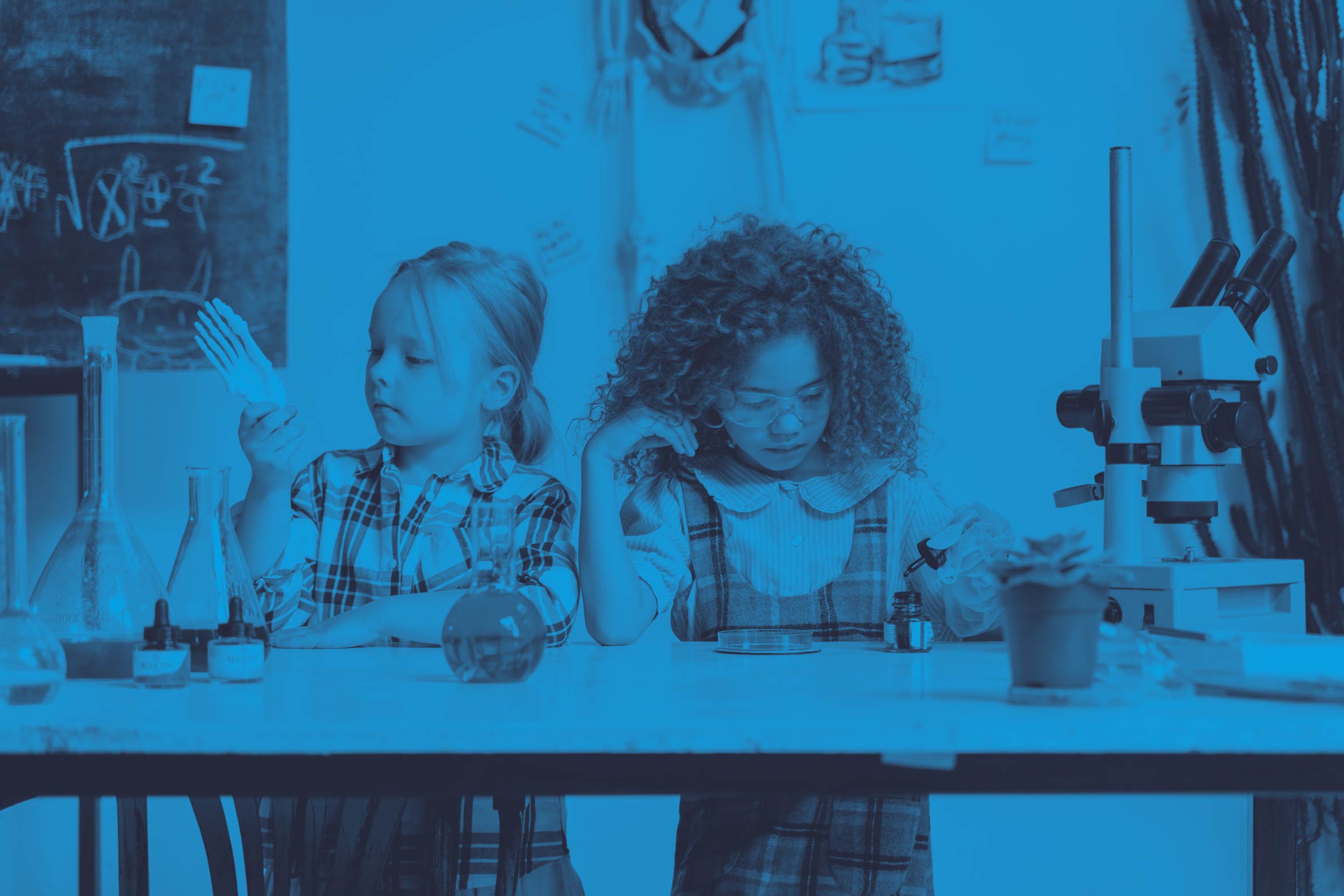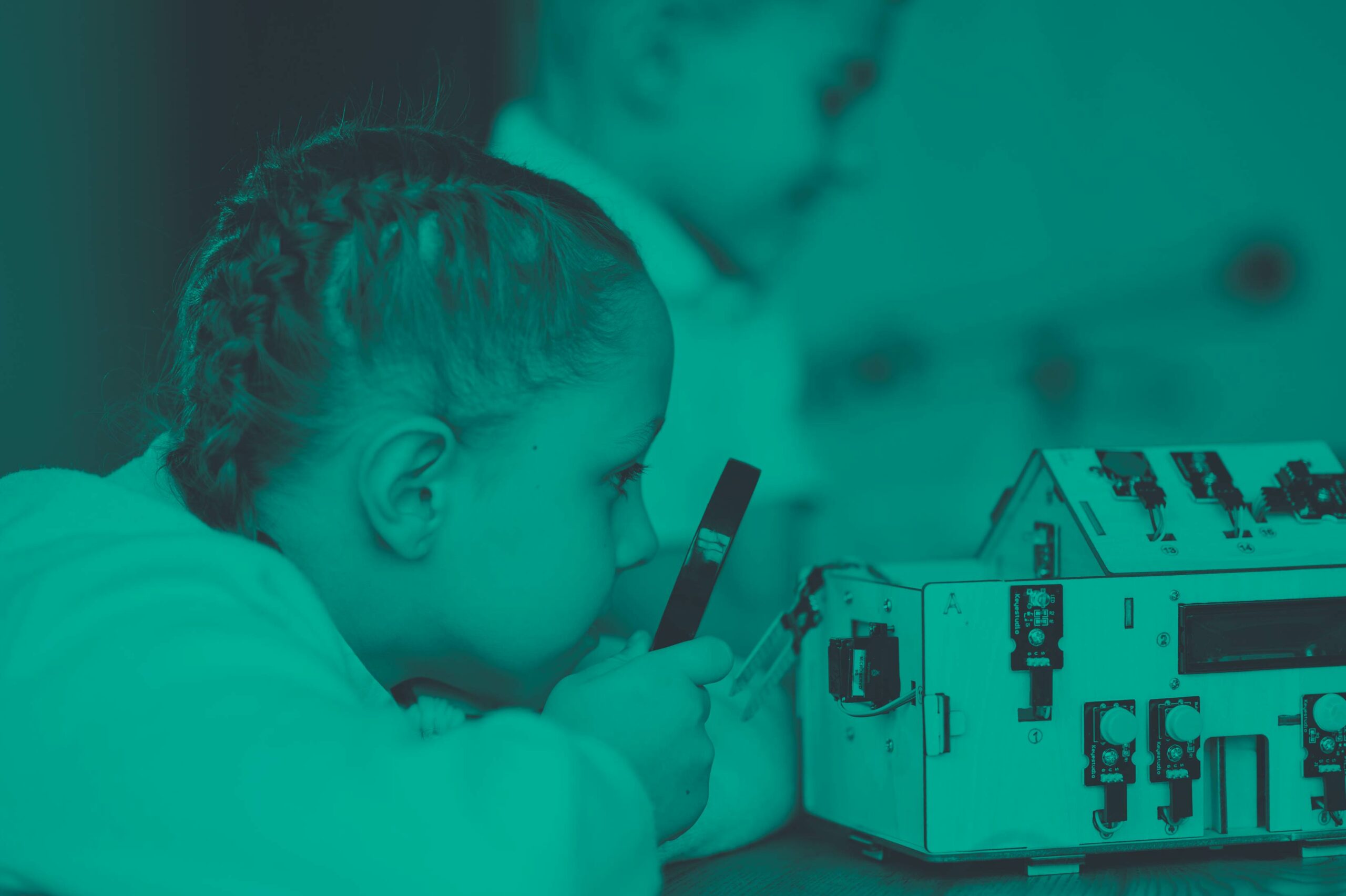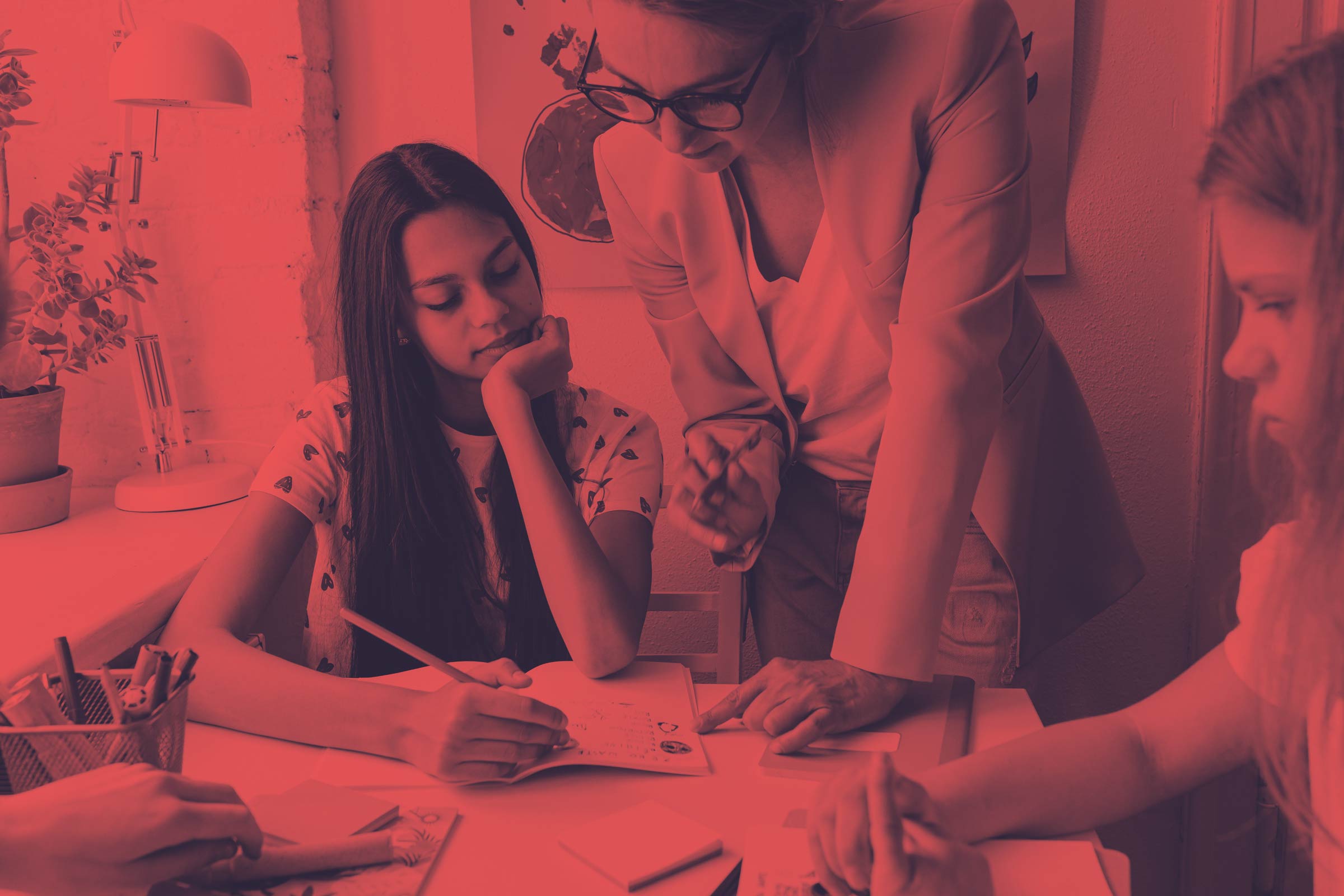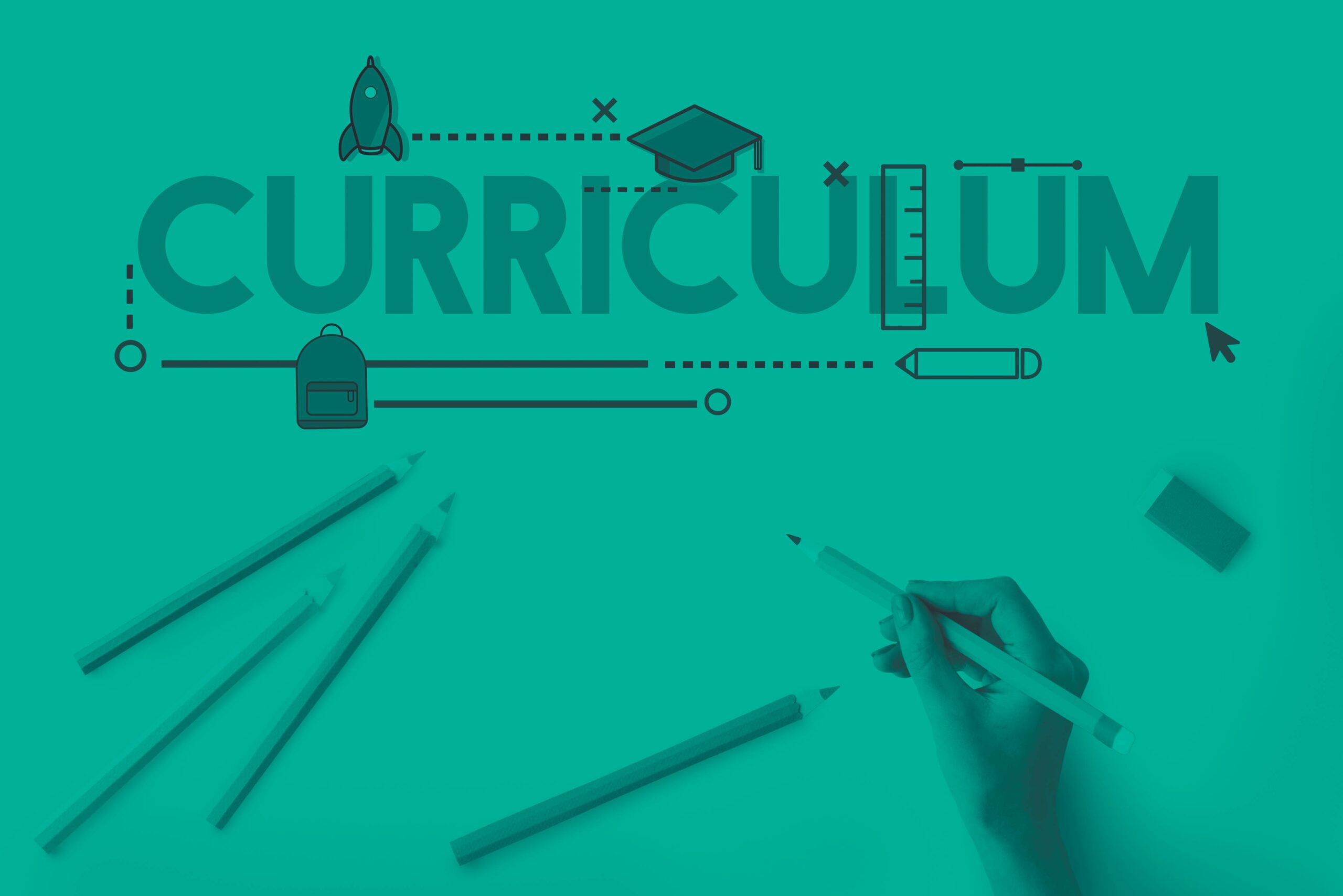Thinking Library
Thinking-Based Learning: Promoting Quality Student Achievement in the 21st Century
Author: Robert Swartz, Teachers College Press 2010
Summary: Thinking-Based Learning (TBL) is a methodology that teaches students to use thinking skills, both in the classroom and in their daily lives, and thus to become good thinkers. It involves the practice of collaborative thinking, where ideas are shared and discussed in groups, connected by a sense of empathy and a desire to find the best solution to a problem together. To achieve this, the role of teachers is key, guiding and motivating their learning through open questions that activate their thinking.
How to come up with great ideas
Summary: This book explores the different attitudes of entrepreneurs and professionals (engineers, programmers, designers) who have seen their ideas fail and then succeed, as well as the habits that led to their success. Adapting the creative attitudes of start-ups in schools can transform educational centres into places of innovation and guarantee stimulating, student-centred learning. The keys to the book are: building a collaborative team, identifying real needs and prototyping the culture.
El libro del educador
Summary: We will probably never be able to say that someone is fully formed, but we can consider that a crucial stage can be considered achieved when we have taught them to learn and think for themselves. This path has its strategies and it is worth knowing them. The author shares his conclusions, contrasted with his own experience, addressed to those who carry out the task of teaching, both at school and in the family.
Creating minds: An anatomy of creativity
Author: Howard Gardner, Basic Books 2011
Summary: Drawing on the same system he himself developed to understand intelligence, the author offers a revolutionary vision of creativity, as well as fascinating portraits of some of the people who have contributed most to reinventing the whole of the human being. Gardner provides evidence that the creative people of our time are characterised by a specific personality configuration and that the way in which their ideas are conceived, articulated and disseminated offer numerous commonalities. Creative individuals are characterised by unusual combinations of intelligence and personality, which is why the circumstances in which they work and the reactions of the peer group around them are so important.
Making thinking visible
Summary: Thinking routines are a powerful tool for making thinking visible and enhancing students’ understanding. A very practical book to help students learn better, be more critical and, above all, learn to think.
Aprendizaje basado en proyectos, trabajos prácticos y controversias
Author: Jordi Doménech Casal, Octaedro 2017
Summary: This book is an invitation to inhabit the uncomfortable space between discourse and practice. A travel diary that narrates the search for the best ways to teach science. It offers 28 practical proposals for science teachers to carry out projects in the classroom. Throughout the book, methodological approaches to enquiry, scientific reasoning skills, project- and problem-based learning, socio-scientific controversies and pseudo-science are explored.
Learning and leading with habits of mind: 16 essential characteristics for success
Author: A. Costa & B.Kallick, ASCD 2008
Summary: This book presents a comprehensive guide to shaping schools around habits of mind. Habits are a repertoire of behaviours that help both students and teachers to successfully deal with different challenges and problems encountered in the classroom and in everyday life.
Habits of mind across the curriculum: practical and creative strategies for teachers
Author: A. Costa & B.Kallick, ASCD 2009
Summary: This book is a collection of stories from educators around the world who have successfully implemented some of the habits in their daily teaching in K-12 classrooms. The collective wisdom and experience of these professionals provides readers with insight into the interdisciplinary nature of the 16 habits of mind, as well as model lessons and suggestions for weaving the habits into content area teaching. Readers will understand that habits are an essential element in helping students at all levels to successfully meet the challenges they face in school and beyond.
The learning power approach
Author: G. Claxton, Corwin 2017
Summary: The aim of the Power of Learning Approach (EPA) is to develop all students as confident learners, ready, willing and able to choose, design, investigate, pursue, solve problems and evaluate learning on their own, alone and with others, in school and out of school.
Factfulness
Author: Hans Rosling, Planeta 2018
Summary: This book explains why we are more pessimistic than we really should be given the real situation in our world. The author argues that we have ten instincts that distort our vision. From our tendency to divide the world into two camps (us versus them), to the way we consume media information (based on the exploitation of fear), to the way we perceive progress (seeing things as always getting worse). Our problem is that we are unaware of what we don’t know, and even when we are informed, we are driven by unconscious and predictable biases.
Los enigmas de la memoria
Author: Héctor Ruiz Martín, Ediciones B 2022
Summary: This book teaches us that memory is the ability to learn, and it does so through real cases that have helped scientists understand the potential and limitations of our ability to treasure and recall the past, acquire knowledge, develop skills, adopt habits and, ultimately, build our identity.

